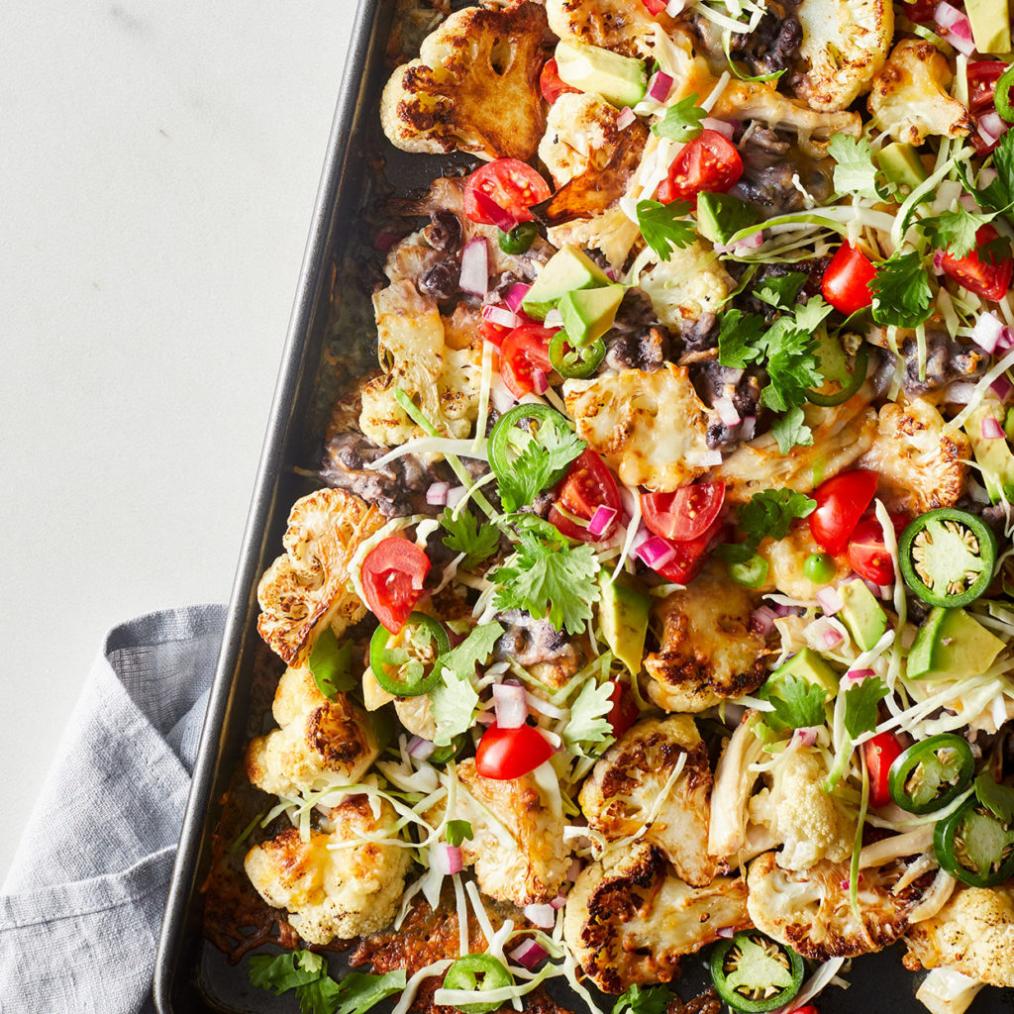How Can I Find Anti-Inflammatory Recipes That Are Right for Me?
Inflammation is a natural response of the body's immune system to injury, infection, or irritation. While short-term inflammation is beneficial, chronic inflammation can contribute to a range of health problems, including heart disease, cancer, and arthritis.

Diet plays a significant role in managing inflammation. Certain foods, known as anti-inflammatory foods, contain compounds that can help reduce inflammation. Incorporating these foods into your diet can be a powerful way to improve your overall health and well-being.
Understanding Anti-Inflammatory Foods
- Omega-3 Fatty Acids: Found in fatty fish, flaxseeds, and walnuts, omega-3 fatty acids have potent anti-inflammatory properties.
- Curcumin: A compound found in turmeric, curcumin has been shown to reduce inflammation and improve joint function.
- Quercetin: Found in onions, apples, and berries, quercetin is a flavonoid with anti-inflammatory and antioxidant effects.
- Ginger: Ginger contains gingerols, compounds that have been shown to reduce inflammation and pain.
- Green Tea: Green tea is rich in catechins, antioxidants with anti-inflammatory properties.
These compounds work by reducing the production of inflammatory molecules, such as cytokines, and by protecting cells from damage.
Identifying Your Individual Needs
When choosing anti-inflammatory recipes, it's important to consider your individual dietary preferences and restrictions.
- Food Allergies and Sensitivities: If you have food allergies or sensitivities, be sure to avoid foods that trigger your symptoms.
- Dietary Restrictions: If you follow a specific diet, such as a vegan or gluten-free diet, make sure to choose recipes that align with your dietary needs.
- Personal Preferences: Choose recipes that appeal to your taste and cooking style. This will make it more likely that you'll stick to an anti-inflammatory diet.

To identify foods that may trigger inflammation for you, keep a food journal and track your symptoms. Pay attention to how you feel after eating certain foods and note any patterns.
Building An Anti-Inflammatory Recipe Collection
- Reputable Sources: Look for anti-inflammatory recipes from reputable sources, such as registered dietitians, nutritionists, or reputable health websites.
- Evaluate Quality and Accuracy: When evaluating recipes, consider the ingredients used, the cooking methods, and the nutritional information provided.
- Adapt Recipes to Your Needs: Feel free to adapt recipes to suit your taste and dietary needs. For example, you can substitute ingredients or adjust the amount of spices used.
Creating A Balanced Anti-Inflammatory Meal Plan
Variety and balance are key to creating a healthy anti-inflammatory meal plan.
- Include a Variety of Foods: Aim to include a variety of anti-inflammatory foods from different food groups in your meals.
- Balance Meals: Each meal should include a balance of macronutrients (carbohydrates, proteins, and fats) and micronutrients (vitamins and minerals).
- Portion Control: Be mindful of portion sizes to avoid overeating. Smaller, more frequent meals may be better for managing inflammation.
- Mindful Eating: Pay attention to how you feel while eating. Eat slowly and savor each bite.
Tips For Cooking Anti-Inflammatory Meals
- Choose Healthy Cooking Methods: Use cooking methods that preserve the anti-inflammatory properties of foods, such as steaming, baking, or grilling.
- Select Healthy Fats and Oils: Choose healthy fats and oils for cooking, such as olive oil, avocado oil, or coconut oil.
- Use Fresh, Whole Ingredients: Whenever possible, use fresh, whole ingredients instead of processed foods.
Sample Anti-Inflammatory Recipes
Here are a few simple and delicious anti-inflammatory recipes to get you started:
- Turmeric and Ginger Smoothie: A refreshing and anti-inflammatory smoothie made with turmeric, ginger, pineapple, and almond milk.
- Salmon with Roasted Vegetables: A healthy and flavorful meal featuring salmon, roasted vegetables, and a lemon-herb sauce.
- Quinoa Salad with Berries and Nuts: A colorful and nutritious salad made with quinoa, berries, nuts, and a tangy dressing.
Incorporating anti-inflammatory foods into your diet can be a powerful way to improve your overall health and well-being. By understanding your individual needs, building a balanced meal plan, and choosing healthy cooking methods, you can create delicious and anti-inflammatory meals that are right for you.
Experiment with different anti-inflammatory recipes and make them a regular part of your diet. You may be surprised at how much better you feel when you eat an anti-inflammatory diet.
For further learning and support, consider consulting with a registered dietitian or nutritionist who specializes in anti-inflammatory diets.
YesNo

Leave a Reply